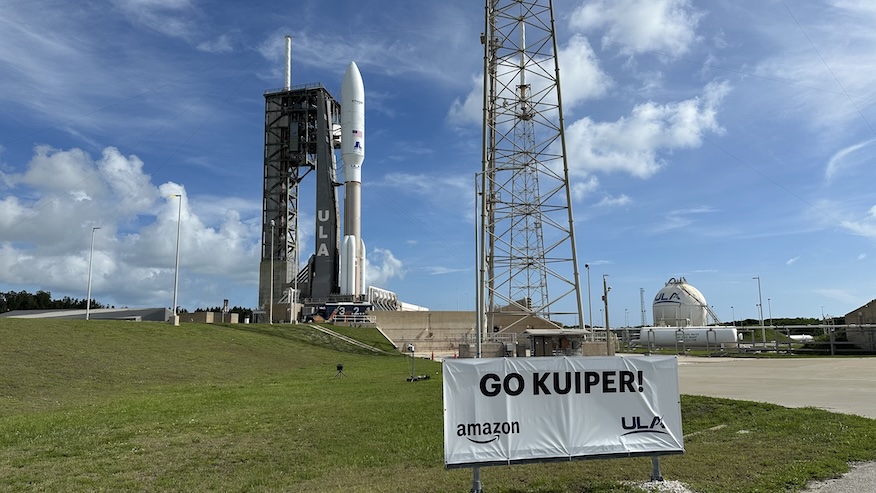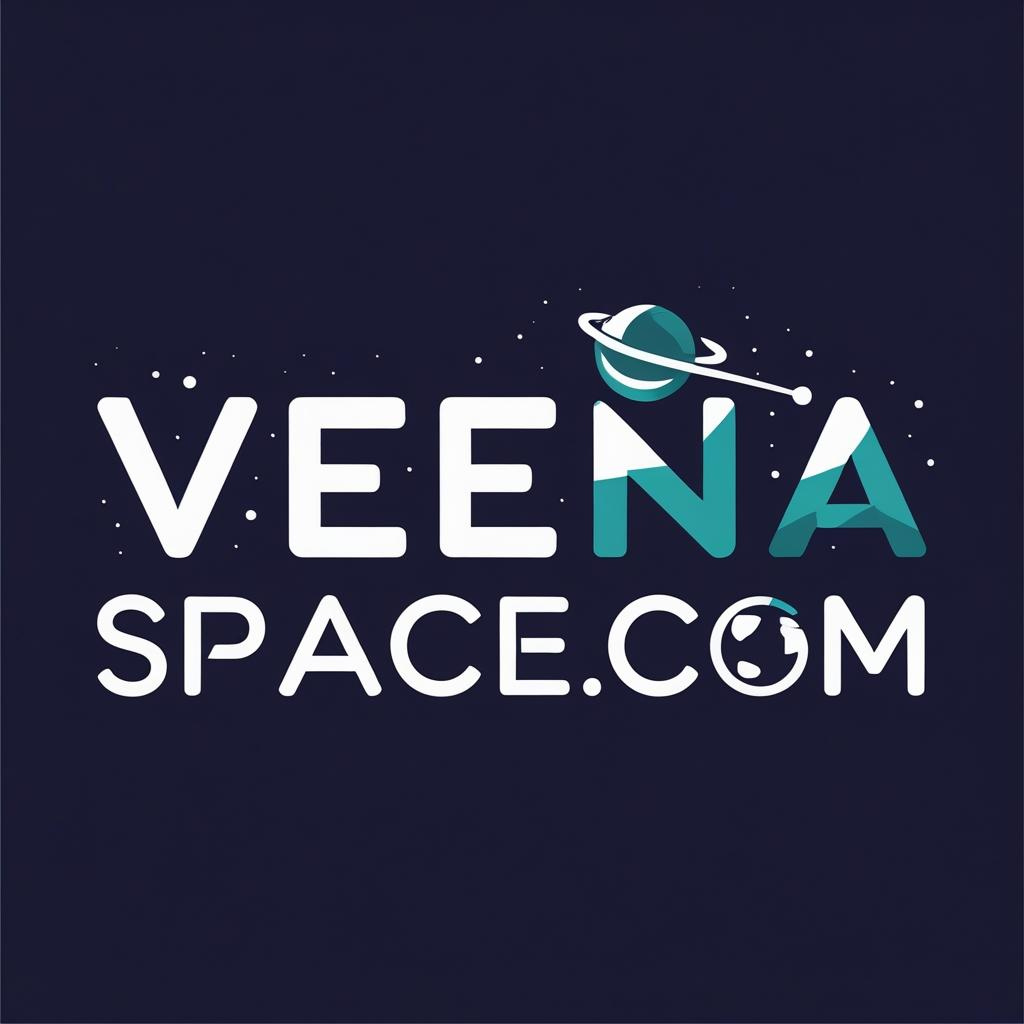
“Project Kuiper: Internet Revolution for Rural America image credit by (spaceflight now .com
Discover how Amazon’s Project Kuiper aims to revolutionize internet access in rural America. Explore the technological breakthroughs, socio-economic impact, launch details, real challenges, and future possibilities of satellite broadband. Deep insights, expert tone, and a side-by-side chart comparison included.
Will Kuiper Solve America’s Rural Internet Crisis?
More than 20 million Americans still live without reliable high-speed internet, especially in remote and rural regions. This digital gap affects everything—from children attending online classes to farmers managing crops with smart devices. But Amazon’s satellite venture, Project Kuiper, might finally bridge this technological divide.
With its second satellite launch (KA-02) in June 2025, Project Kuiper isn’t just expanding its reach—it’s making a bold promise: broadband for everyone, everywhere. The question now is—will it deliver?
What Is Project Kuiper?
Project Kuiper is Amazon’s multibillion-dollar answer to global internet inequality. It’s a planned network of 3,236 Low Earth Orbit (LEO) satellites, intended to deliver fast, low-latency internet services to underserved and remote regions worldwide.
Backed by Jeff Bezos’ Amazon and developed under the leadership of former Apple executive Rajeev Badyal, Kuiper’s vision isn’t just technological—it’s social. The goal? To make internet a basic right in areas where traditional providers saw only logistical nightmares and low ROI.
Why Rural America Needs a Revolution
Let’s look at the data:
- 14.5 million rural Americans lack access to fixed high-speed broadband
- 35% of people in Tribal lands still don’t have reliable internet
- Rural school districts report 25% of students can’t participate in digital learning
It’s not just an inconvenience. It’s a barrier to growth, education, and health.
Rural Americans face:
- Outdated DSL or satellite with high latency
- Price gouging due to monopolies
- Long wait times for infrastructure installation
- Complete lack of service in mountainous or desert terrain
Traditional ISPs claim it’s too expensive to deploy fiber or 5G towers in these areas. Amazon disagrees.
KA-02 Launch: Kuiper’s Second Leap Forward
On June 23, 2025, Amazon launched the KA-02 mission aboard ULA’s Atlas V 551 rocket from Cape Canaveral, Florida. This was not a test — it was a production-level milestone.
Key Mission Highlights:
- 27 fully functional Kuiper satellites
- LEO Deployment at ~630 km altitude
- Laser interlink capabilities to reduce signal lag
- Enhanced beamforming for efficient rural signal targeting
This builds upon the success of KA-01 (2023), which tested Amazon’s hardware, ground station coordination, and signal integrity. KA-02 signals that Kuiper is ready to scale.
How Kuiper Will Beam Internet to Remote Homes
Project Kuiper’s network will operate very differently from terrestrial ISPs. Here’s how it works:
- Ground Uplink Stations (connected to AWS data centers) send internet data to satellites.
- LEO Satellites in fast orbits receive and pass the signal through inter-satellite lasers.
- Customer Terminals—a small antenna or dish at the user’s location—receive signals and convert them into usable Wi-Fi.
It’s fast, scalable, and doesn’t require digging roads or installing towers. Even a village in the middle of Alaska or a cattle ranch in Wyoming can get online.
Advantages for Rural US Communities
Project Kuiper’s impact could be transformational for everyday Americans:
- ✅ Affordable Access – Targeting monthly plans well below $100
- ✅ High Speeds – Amazon promises up to 400 Mbps, with sub-50 ms latency
- ✅ Plug-and-Play – Easy installation with no technicians needed
- ✅ Disaster-Ready – Works in floods, fires, hurricanes, or power grid failures
- ✅ Supports Remote Learning & Work – Enables schooling, Zoom, freelancing
- ✅ Healthcare Access – Telemedicine services finally possible in rural clinics
Rural families won’t just stream Netflix. They’ll learn, earn, and innovate like never before.
Starlink vs. Kuiper: A Rural Tech Battle
| Feature | Project Kuiper | SpaceX Starlink |
|---|---|---|
| Parent Company | Amazon | SpaceX |
| Satellite Total (Planned) | 3,236 | 12,000+ |
| Launch Rockets | Atlas V / Vulcan / New Glenn | Falcon 9 / Starship |
| User Terminal Cost | Lower (subsidized by AWS) | Higher ($499 average) |
| Cloud Integration | AWS (deep) | None |
| Latency Target | ~40-50 ms | ~20-40 ms |
| Rural US Focus | High Priority | Shared Global Focus |
| Regulation Strategy | Gradual & FCC-collaborative | Aggressive Expansion |
Amazon’s edge lies in infrastructure and affordability. Starlink has the first-mover advantage, but Kuiper is built for scale.
Voices from the Ground
“My internet speed triples during rain because the old satellite drops to 5 Mbps. If Kuiper fixes that, I’m switching day one.” – Montana rancher
“We couldn’t use Zoom for my daughter’s therapy. A stable 100 Mbps would change our lives.” – Parent from West Virginia
These aren’t niche problems. They’re national needs.
Real-World Challenges Kuiper Must Overcome
Even with Amazon’s deep pockets, challenges remain:
- Hardware Cost vs. Profit – Balancing affordable terminals without losing revenue
- Bandwidth Management – Prioritizing areas without overloading satellites
- Climate Interference – Weather still impacts satellite signal strength
- Consumer Trust – Starlink already has a subscriber base; Kuiper is starting fresh
- Regulatory Delays – FCC licensing and state-level permissions may slow rollout
Yet, if anyone can overcome these, it’s the company that mastered global retail logistics.
Looking Ahead: What’s Next for Kuiper?
- KA-03 Mission: Slated for late 2025 with Blue Origin’s New Glenn
- Terminal Beta Test Program: Midwestern and Appalachian households Q4 2025
- Nationwide Rollout: 2026, expanding monthly to all 50 states
- International Expansion: By 2027, Latin America, Canada, and parts of Africa
- Advanced User Terminals: Portable, mobile terminals by 2028
Amazon wants Kuiper to be “the AWS of Internet access.”
Conclusion: The Dawn of Digital Equality
Project Kuiper may not be just another internet service. For rural America, it could mean a second shot at digital citizenship. Education, health, business, and entertainment will no longer be exclusive to cities.
If Amazon executes its vision, a child in the hills of Kentucky or a farmer in remote Utah will enjoy the same connectivity as someone in downtown Manhattan.
The sky is no longer the limit—it’s the medium
Don’t miss our updates on Project Kuiper and its rollout across the US. Subscribe to veenaspace.com for expert coverage on satellite launches, space-based internet, and global tech revolutions.
Follow us for deep dives that you won’t find on mainstream space blogs.
